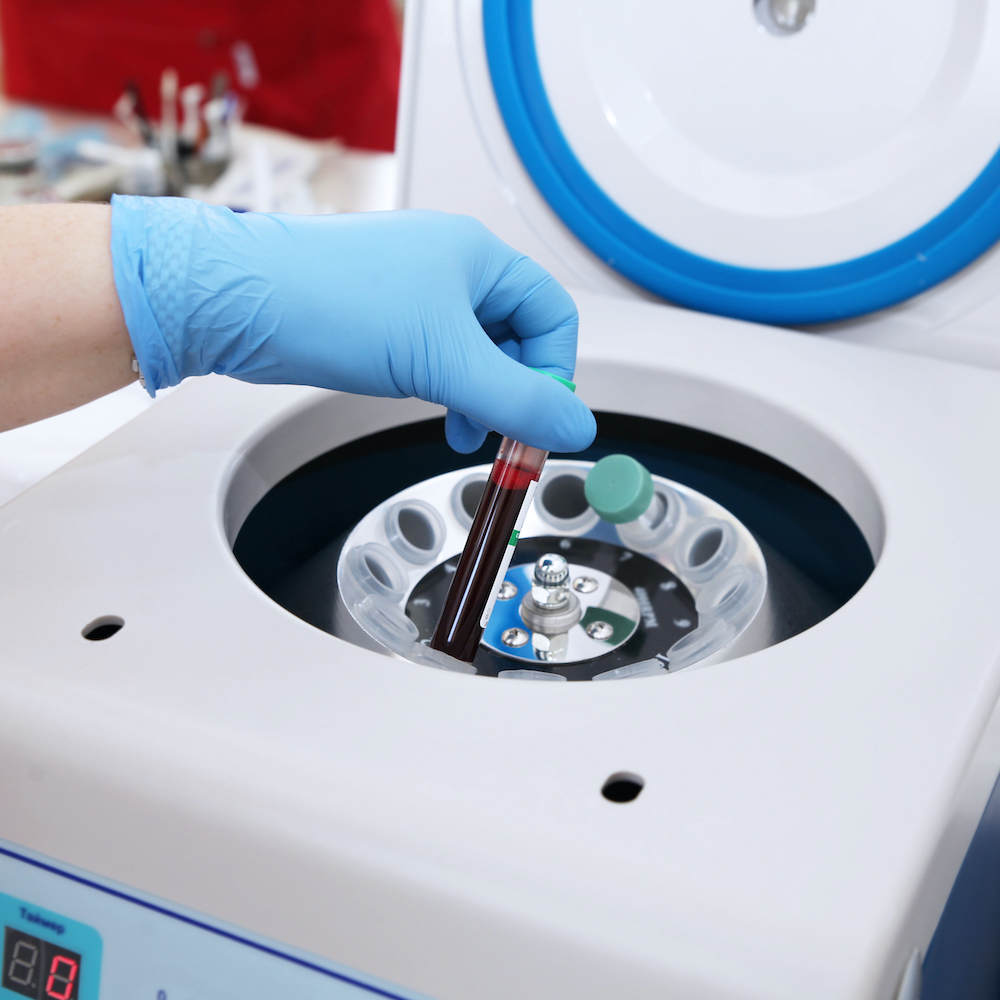“You can observe a lot just by watching.” – Yogi Berra
Think of a big pharmaceutical laboratory. People in white lab coats. Big shiny pieces of equipment humming. Lots of high-tech centrifuges, spectrometers, and analyzers. Everything’s clean. Even the refrigerators look special.
You know what you don’t see? A network.
Turns out, all those advanced pieces of equipment don’t talk to each other, nor do they connect to any central laboratory-wide network. Each one is more or less an island, technologically speaking. That might be a problem. Or, at least, an opportunity.
If you’re an IT manager overseeing a big server farm, then of course you want real-time monitoring of your machines. You want to track and measure uptime, traffic, performance, heat, power consumption, and a dozen other criteria that might help you optimize the server workloads or alert you to failures. But if you’re managing tons of lab equipment? Keep hoping.
Enter WattIQ, a 12-person company that previously went by the name Ibis Networks. The rebranded firm is now in the asset-management business, with a particular focus on pharma labs. They essentially retrofit a monitoring network onto all that shiny expensive lab equipment.
How does it work? By monitoring AC power usage. WattIQ’s hardware looks a bit unimpressive at first, like an upgraded “smart plug” you’d buy online to control your table lamp. The InteliSocket (as it’s called) plugs into the wall outlet, and your centrifuge or whatever plugs into that. The InteliSocket then monitors the machine’s power usage 24/7, sending regular updates wirelessly to WattIQ’s central hub located elsewhere in the lab. Add one InteliSocket to each major piece of lab equipment, and you’ve got yourself a laboratory-wide monitoring network.
Monitoring AC power usage seems like a trivial matter to be instrumenting, but WattIQ says you can learn a surprisingly useful amount of stuff just by logging each device’s consumption. For example, most laboratory equipment is (a) very expensive and (b) mostly idle. Unlike cloud servers, pharmaceutical research equipment isn’t used all the time. The machines tend to sit idle for hours or days until they’re needed urgently. Lab work often involves transferring organic samples from one machine to another in a kind of biological pipeline. Each machine gets used, but not much. Their duty cycles tell you a lot about which lab instruments are over- or under-utilized. And that, in turn, can give you a good idea of what equipment you’ll need to budget for next month or next year.
Conversely, underused equipment can be leased out to other researchers or physically transferred to another lab within the same facility. Usage patterns can also tell you which machines could benefit from the manufacturer’s maintenance program or warranty protection, or when usage is so low that maintenance isn’t needed.
Finally, fine-grained power monitoring can alert you to impending failures. A laboratory refrigerator or freezer runs all the time, so it’s easy to develop an AI model of its normal behavior. Any deviation from the norm might signal a potential hardware failure and a need to transfer sensitive samples to another cooler before calling the repair technician. Companies like Cartesiam and PsiKick have developed similar AI-based diagnostic technologies for industrial uses.
So… why haven’t the makers of the big shiny laboratory equipment developed something like this already? Surely a $100,000 centrifuge can handle a little microcontroller and a Wi-Fi interface. They could… but they haven’t. Lab equipment is expensive, so it needs to be amortized over long periods and consequently doesn’t get replaced very often. And nobody’s going to swap out a six-figure piece of capital equipment just to add monitoring capability. That’d be like trading in a Rolls-Royce just to get the updated radio.
Big lab facilities might have upwards of 5,000 pieces of equipment from 300 or more different competing manufacturers, says WattIQ. Those companies have little incentive to play nicely with each other, so there’s no industry standard monitoring protocol. At best, some equipment makers might develop their own proprietary methods, but nothing that coordinates across all machines from all makers. WattIQ backfills that hole.
InteliSocket uses ZigBee for its mesh network, which allows each smart socket to forward data packets to its peers, and eventually to the central hub, which consolidates everything and uploads via Ethernet or cellular to a monitoring dashboard. Going forward, the company will likely switch to BLE 5.0, perhaps with ZigBee for backward compatibility.
WattIQ’s aftermarket power monitoring is like an elaborate side-channel attack, teasing data out of roomfuls of expensive equipment through the most mundane means imaginable. It seems like it wouldn’t work, but it does. And, unlike hacker attacks, it provides helpful and useful data that benefits everyone. You can learn a lot just by observing.





